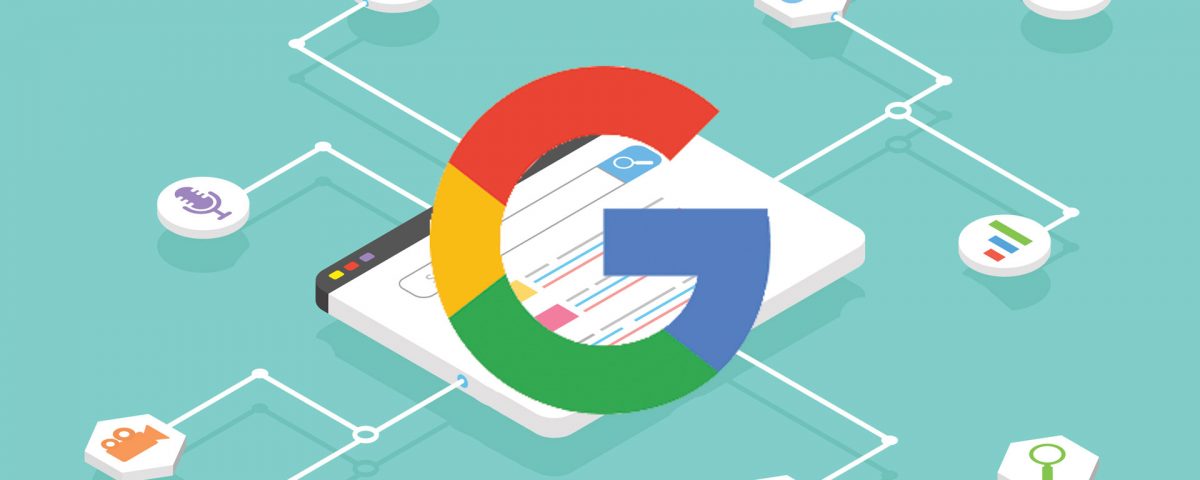Google’s Latest Move: Removal of Dormant Accounts

In an effort to enhance online security, Google has announced a new policy to remove inactive accounts that have been dormant for a period of two years. This update carries significant implications, especially for businesses utilizing Google accounts.
Let’s delve into the details of this policy change and explore the measures that need to be taken.
Understanding the Policy Update According to the updated policy, any Google account that has remained unused or inactive for a consecutive two-year period will be classified as an «inactive account.»
But why is this policy important?
Under the revised Inactive Accounts policy, Google reserves the right to delete both the account itself and all associated content, which could encompass various services, including Gmail, Docs, Drive, Meet, Calendar, YouTube, and Google Photos. It is crucial to note that this policy change solely applies to personal Google accounts, while accounts used by businesses or organizations will remain unaffected.
While the policy has taken immediate effect, Google will not commence deleting inactive accounts until December 2023. The process will initially target created but never-used accounts before moving on to other inactive accounts.
To ensure users are adequately informed, Google has stated that it will send multiple email notifications to both the primary account email address and the designated recovery email.
Reasons Behind the Change Online security threats persist as a significant concern. Despite Google’s continuous investment in cutting-edge technologies to safeguard against account exposure and phishing scams, no system is infallible.
Accounts that lie dormant for extended periods are more susceptible to compromise or hijacking. Google identifies several factors that increase the likelihood of compromise, such as the use of old or reused passwords, the absence of two-factor authentication, and insufficient security checks by the account owner. By deleting inactive accounts, Google aims to mitigate the risk of account compromise for its users.
Furthermore, the removal of inactive accounts results in a reduction of the personal information retained by Google, thereby providing enhanced security and privacy for individuals.
Defining an Active Account To qualify as an active account, Google requires any of the following actions to be performed:
- Engaging in email activity, such as reading or sending messages via Gmail
- Utilizing Google Drive for file storage
- Watching videos on YouTube
- Downloading applications from the Google Play Store
- Conducting searches on Google (while logged into a Google account)
- Signing into third-party applications through «Sign in with Google»
Business Implications Many marketers rely on Google accounts to integrate third-party tools, such as Looker Studio or other reporting platforms. It is crucial to note that these accounts may not necessarily be classified as business accounts, thus underscoring the importance of this policy update.
To ensure the continuity of Google accounts, marketers should consider taking the following proactive steps:
- Compile a comprehensive list of shared Google accounts and maintain accurate documentation, particularly for agencies.
- Enable two-factor authentication by logging into each Google account.
- Document the designated recovery email address associated with each account.
- Regularly review and update account settings to ensure they remain current.
By implementing these measures, businesses can ensure the longevity and security of their Google accounts, thereby minimizing the need for setting up new accounts due to a lack of shared internal information, especially in cases of personnel turnover.
In Conclusion Establishing a standardized process and maintaining thorough documentation for accounts is pivotal to uphold workplace and personal security.
To mitigate the risks associated with inactive or compromised accounts, it is imperative to take the aforementioned actions to ensure the continued activity and security of relevant Google accounts.
By adhering to these guidelines, individuals and businesses can proactively reduce the potential consequences of dealing with dormant or compromised accounts.
